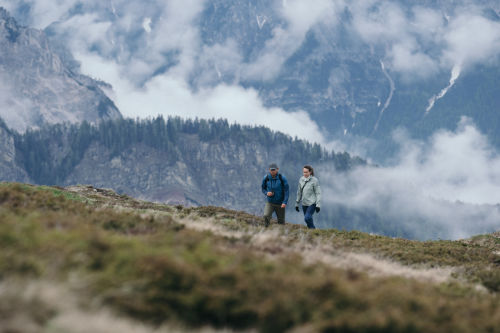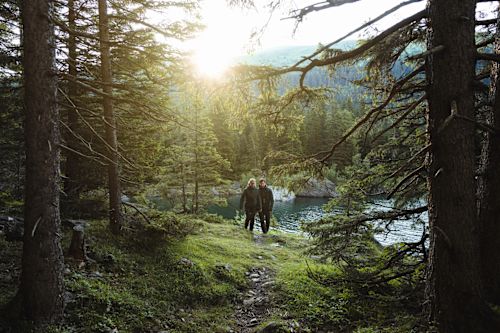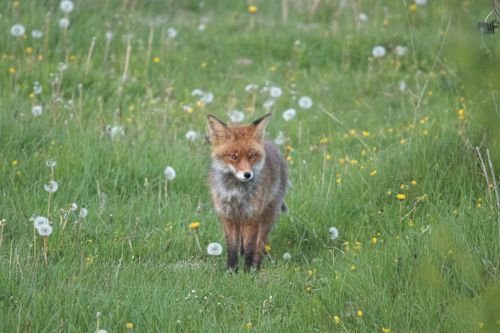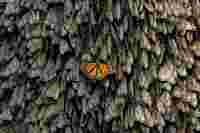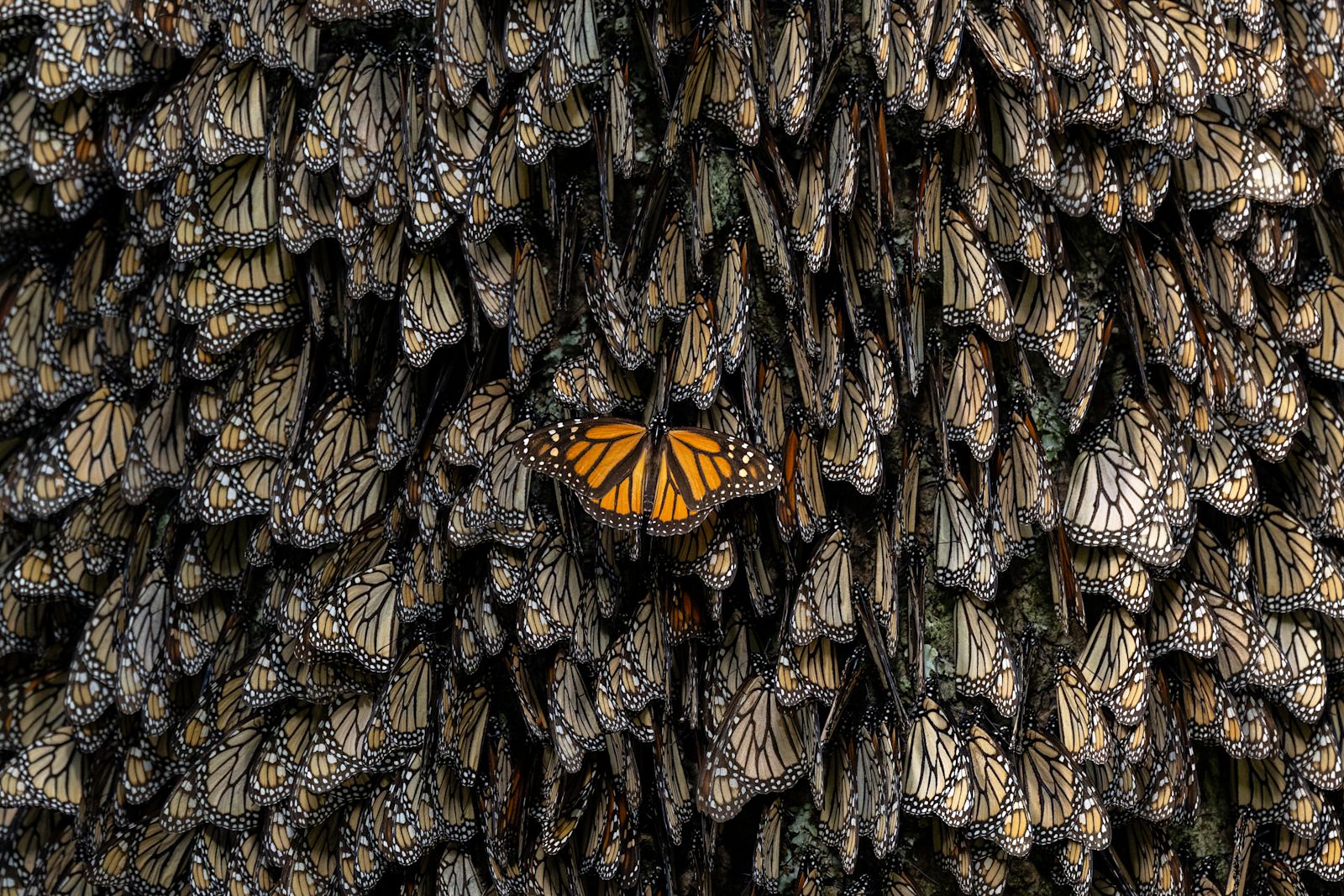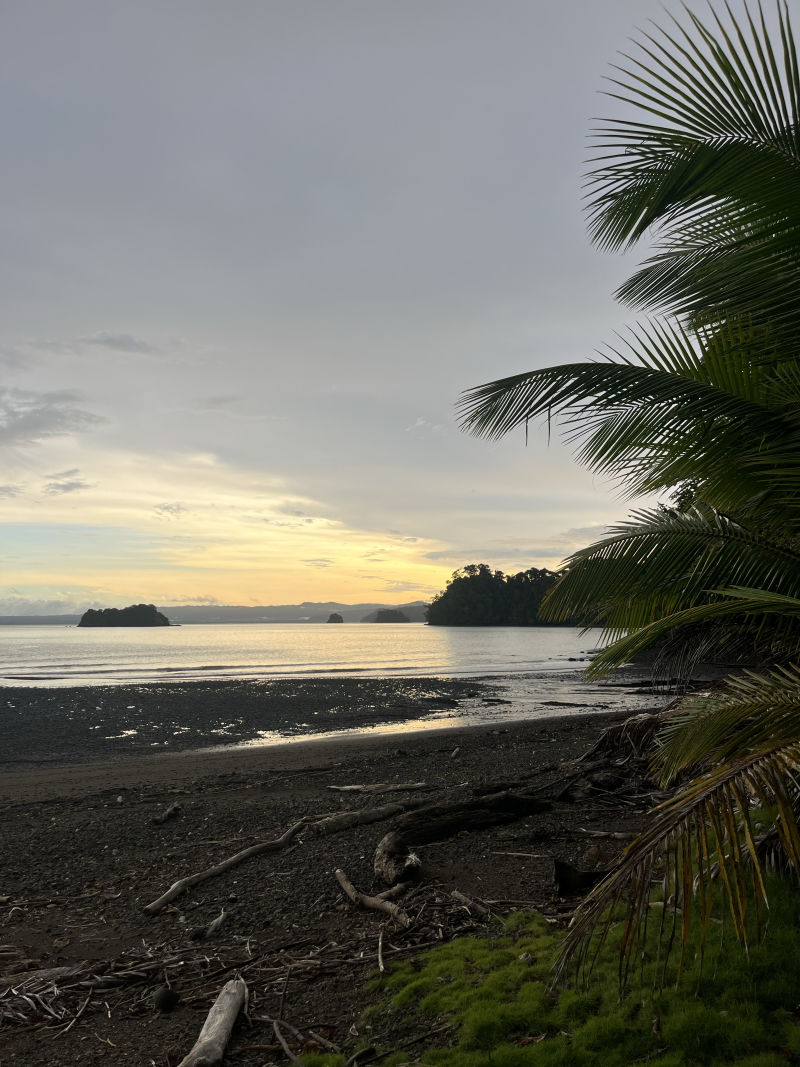Monarch butterflies are famous for their long migration across North America. Unfortunately, their population has dropped by 90% over the last 40 years due to habitat loss from industrial farming, deforestation in wintering areas, and extreme weather linked to climate change. Today, people across North America – farmers, Indigenous communities, scientists, and volunteers – are working to reverse this decline. In a time of division, the effort to protect Monarchs offers a way to reconnect with nature and unite three countries around a common goal: saving the Monarchs.
The Monarch Butterfly Migration – Every fall, millions of Monarch butterflies embark on a remarkable 4,500-kilometer journey from the northern U.S. and Canada to central Mexico. This migration spans multiple generations, with the final one, known as the "Methuselah generation," living up to nine months – long enough to reach the Oyamel fir forests in Mexico, a place they’ve never seen before. Here, they gather in the Monarch Butterfly Biosphere Reserve, covering trees with their orange and black wings. Witnessing this gathering of millions is an unforgettable experience.


The Threats Monarchs Face
Monarch butterflies are facing many threats. Their numbers have dropped by more than 80% over the past two decades, mainly due to habitat loss and climate change. Monarch caterpillars rely entirely on milkweed plants, which are quickly disappearing as more land is converted to agriculture, and herbicides are killing off the milkweed and other native grasses that remain. Without milkweed, Monarchs can't lay their eggs, and their caterpillars can't survive. In Mexico, the forests where Monarchs spend the winter are also under pressure. Illegal logging has been a problem in the past, but conservation efforts have helped to reduce it. Now, climate change is creating new risks, as extreme weather events like droughts or heatwaves can disrupt migration, and warmer temperatures threaten the forests where the butterflies can safely hibernate.
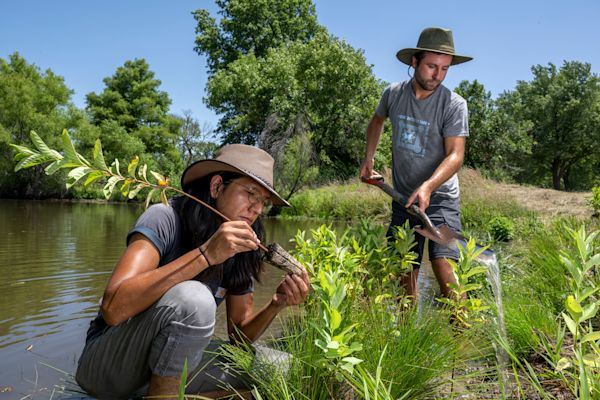
for Monarch Butterflies
Conservation Efforts
Thankfully, there are ongoing efforts to protect Monarch butterflies and their habitat. In Mexico, the establishment of the Monarch Butterfly Biosphere Reserve has been a critical step in safeguarding their wintering grounds. Local communities are actively involved in conservation, working to protect the forests while supporting themselves through sustainable practices like ecotourism. In the United States and Canada, various initiatives are helping to restore milkweed and nectar-rich plants. People are planting these essential plants in gardens, parks, and even along highways, providing Monarchs with more places to feed and lay eggs. These individual actions, when combined across the continent, can make a big difference in ensuring the survival of Monarchs.
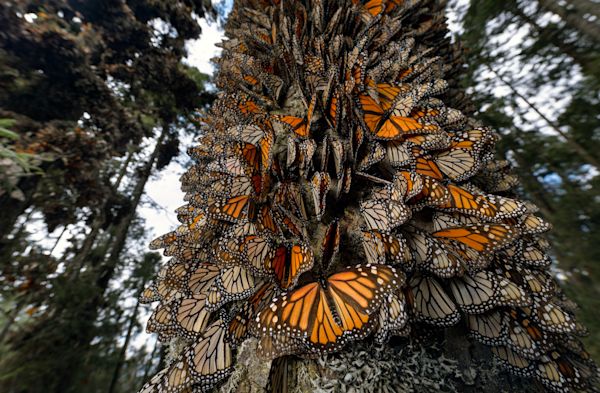
Monarchs are more than just a beautiful part of nature
Why Monarchs Matter
Monarchs are one of North America’s key environmental indicators. Their journey relies on a network of habitats across three countries, and protecting them requires cooperation from local communities, governments, and everyone who cares about wildlife.
Monarchs are more than just a beautiful part of nature—they represent resilience. Their ability to travel vast distances year after year is remarkable, but they can’t do it alone. They need healthy habitats, free of pesticides, with safe places to rest and breed. If we want to continue witnessing their incredible migration, we must protect the landscapes they rely on.
What You Can Do to Make a Difference
This is one of those rare conservation stories in which individual actions can make a huge difference for Monarchs.
Plant Native Milkweed and Nectar Flowers
Monarch caterpillars rely on milkweed as their only food source, and adults need nectar-rich flowers to fuel their migration. Research local native species to support their lifecycle.Avoid Pesticides and Herbicides
Chemicals in gardens and landscapes can harm Monarchs and other pollinators. Opt for organic or natural pest control methods instead.Participate in Citizen Science
Join programs that track Monarch migrations or monitor their habitats. By contributing your observations, you can help scientists better understand Monarch populations and behaviors.Support Conservation Efforts
Donate to or volunteer with organizations working to protect Monarchs and their habitats. Every contribution can make a difference in supporting large-scale conservation.Raise Awareness
Share the Monarch story with friends, family, and on social media. The more people who understand the importance of protecting them, the stronger the conservation impact.
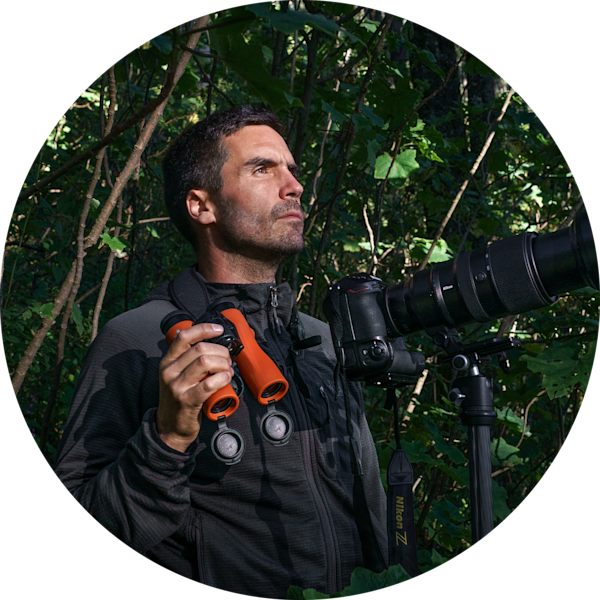
About the author
Jaime Rojo
Jaime Rojo is a photographer and National Geographic Explorer with a background in conservation who specializes in environmental stories about wilderness and wildlife. He is Senior Fellow of the International League of Conservation Photographers and a trustee of the WILD Foundation. His work has been awarded in competitions such as the World Press Photo, Wildlife Photographer of the Year or Pictures of the Year. He regularly works as a communications advisor for environmental, educational, and government institutions.
Instagram: @jaimerojo
Twitter: @rojovisuals
Website: www.rojovisuals.com
